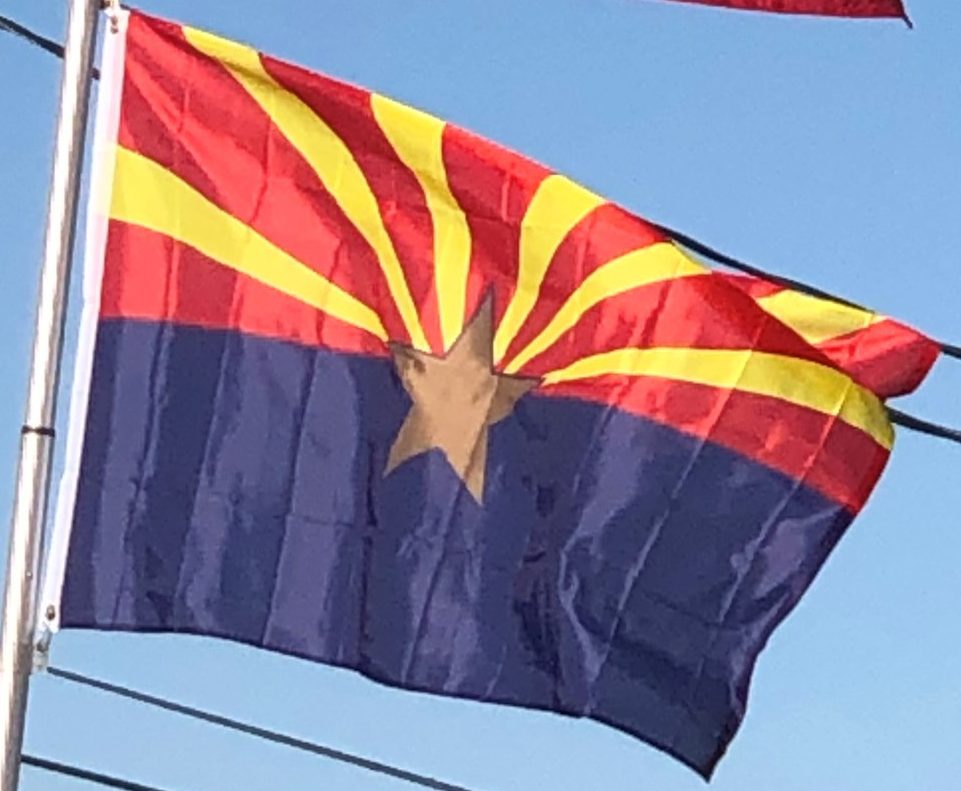Introduction:
Arizona is a U.S. state in the southwestern region of the United States. It is also part of the Western and the Mountain states. Its capital and largest city is Phoenix.

Arizona, one of the Four Corners states, is bordered by New Mexico to the east, Utah to the north, Nevada and California to the west, and Mexico to the south, as well as the southwestern corner of Colorado. Arizona’s border with Mexico is 389 miles long on the northern border of the Mexican states of Sonora and Baja California.
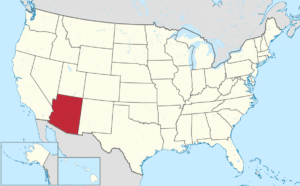
Arizona is the 48th state and last of the contiguous states to be admitted to the Union achieving statehood on February 14, 1912. Historically part of the territory of Alta California in New Spain, it became part of independent Mexico in 1821. After being defeated in the Mexican–American War, Mexico ceded much of this territory to the United States in 1848. The southernmost portion of the state was acquired in 1853 through the Gadsden Purchase.
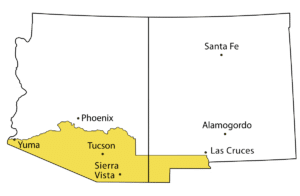
Southern Arizona is known for its desert climate, with very hot summers and mild winters. Northern Arizona features forests of pine, Douglas fir, and spruce trees; the Colorado Plateau; some mountain ranges (such as the San Francisco Mountains); as well as large, deep canyons, with much more moderate summer temperatures and significant winter snowfalls. There are ski resorts in the areas of Flagstaff, Alpine, and Tucson. In addition to the Grand Canyon National Park, there are several national forests, national parks, and national monuments.
About one-quarter of the state is made up of Indian reservations that serve as the home of 27 federally recognized Native American tribes, including the Navajo Nation, the largest in the state and the United States, with more than 300,000 citizens.
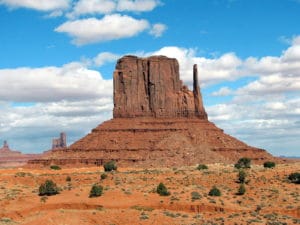
Origin of the Name:
The state’s name appears to originate from an earlier Spanish name, Arizonac, derived from the O’odham name alĭ ṣonak, meaning “small spring,” which initially applied only to an area near the silver mining camp of Planchas de Plata, Sonora. To the European settlers, their pronunciation sounded like “Arissona”. The area is still known as alĭ ṣonak in the O’odham language. Another possible origin is the Basque phrase haritz ona (“the good oak”), as there were numerous Basque sheepherders in the area.
There is a misconception that the state’s name originated from the Spanish term Árida Zona (“Arid Zone”).
History:
Pre-History:
For thousands of years before the modern era, Arizona was home to numerous Native American tribes. Hohokam, Mogollon and Ancestral Puebloan cultures were among the many that flourished throughout the state. Many of their pueblos, cliff-side dwellings, rock paintings and other prehistoric treasures have survived, attracting thousands of tourists each year.
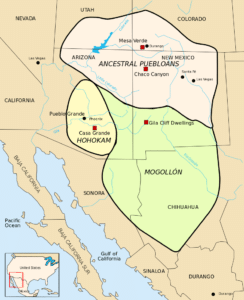
European Exploration:
The first European contact by native peoples was with Marcos de Niza, a Spanish Franciscan, in 1539. He explored parts of the present state and made contact with native inhabitants, probably the Sobaipuri. The expedition of Spanish explorer Coronado entered the area in 1540–1542 during its search for Cíbola. Few Spanish settlers migrated to Arizona. One of the first settlers in Arizona was José Romo de Vivar.
